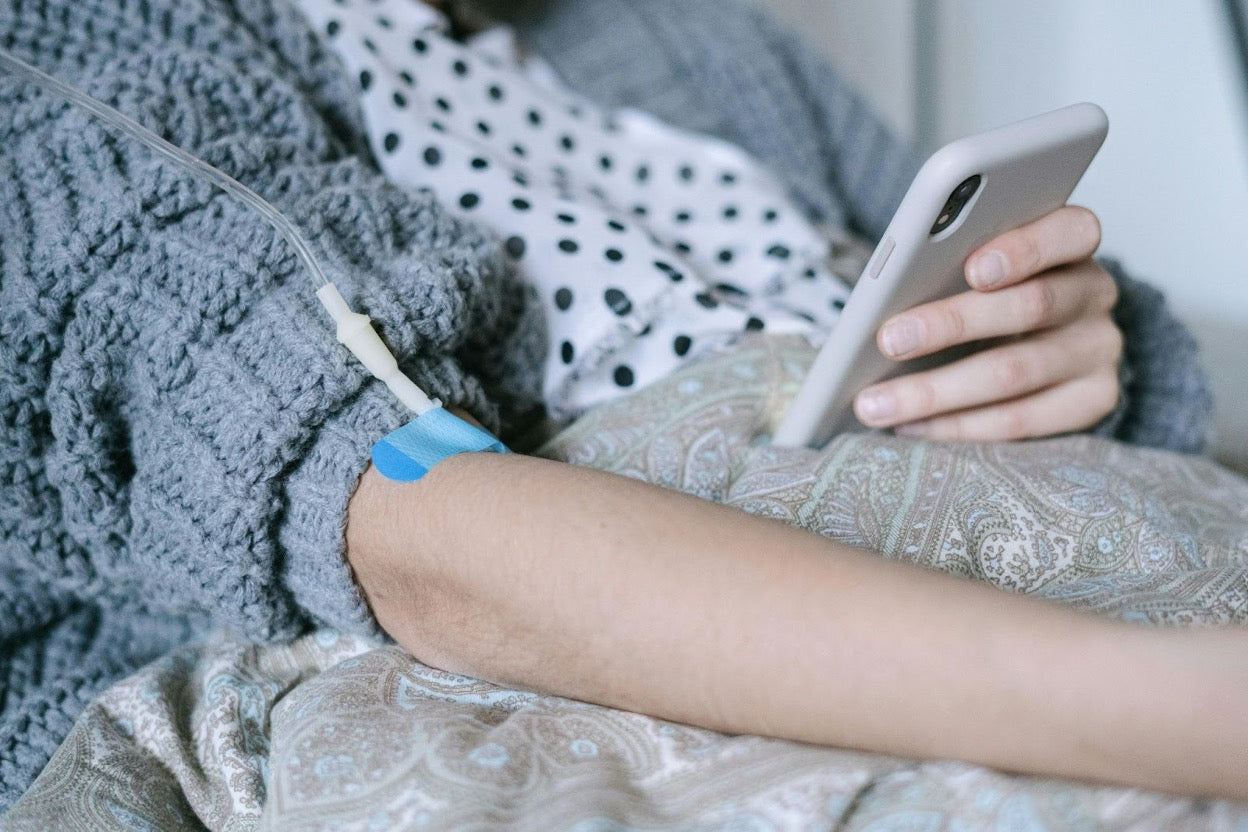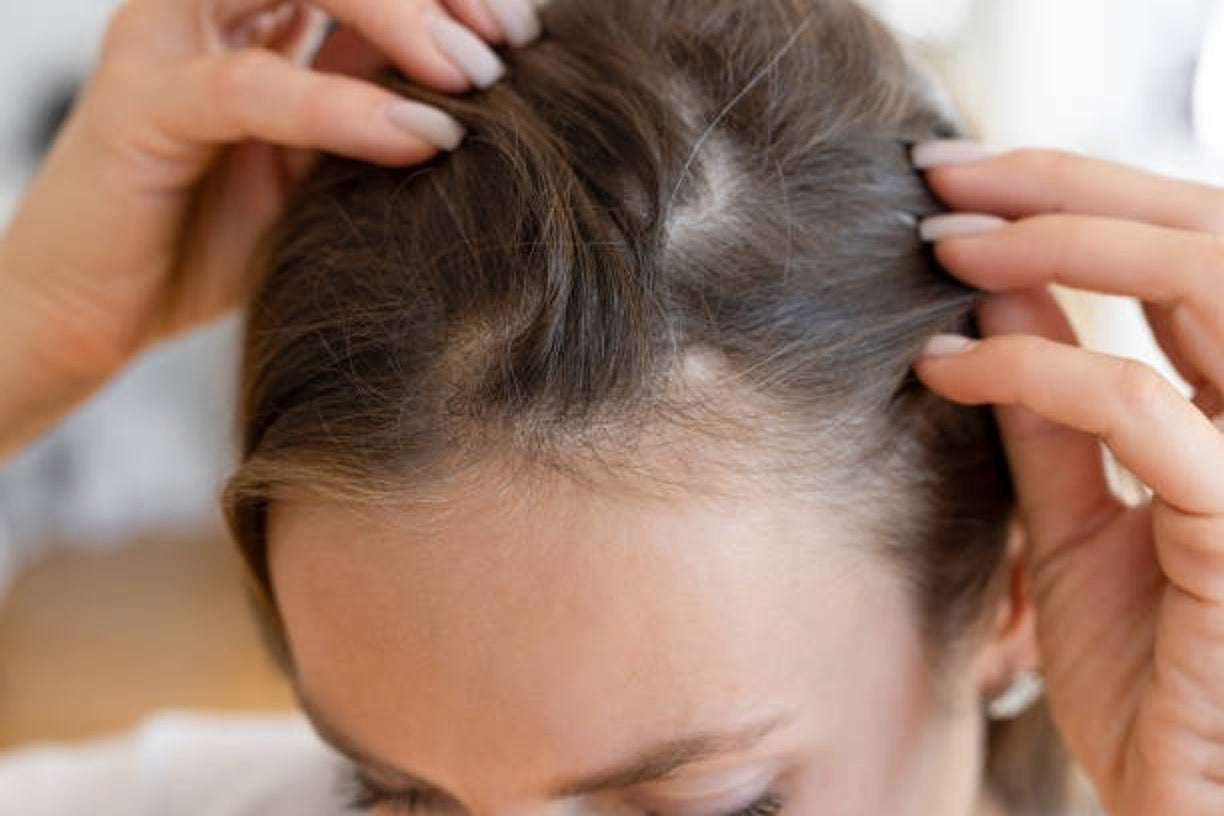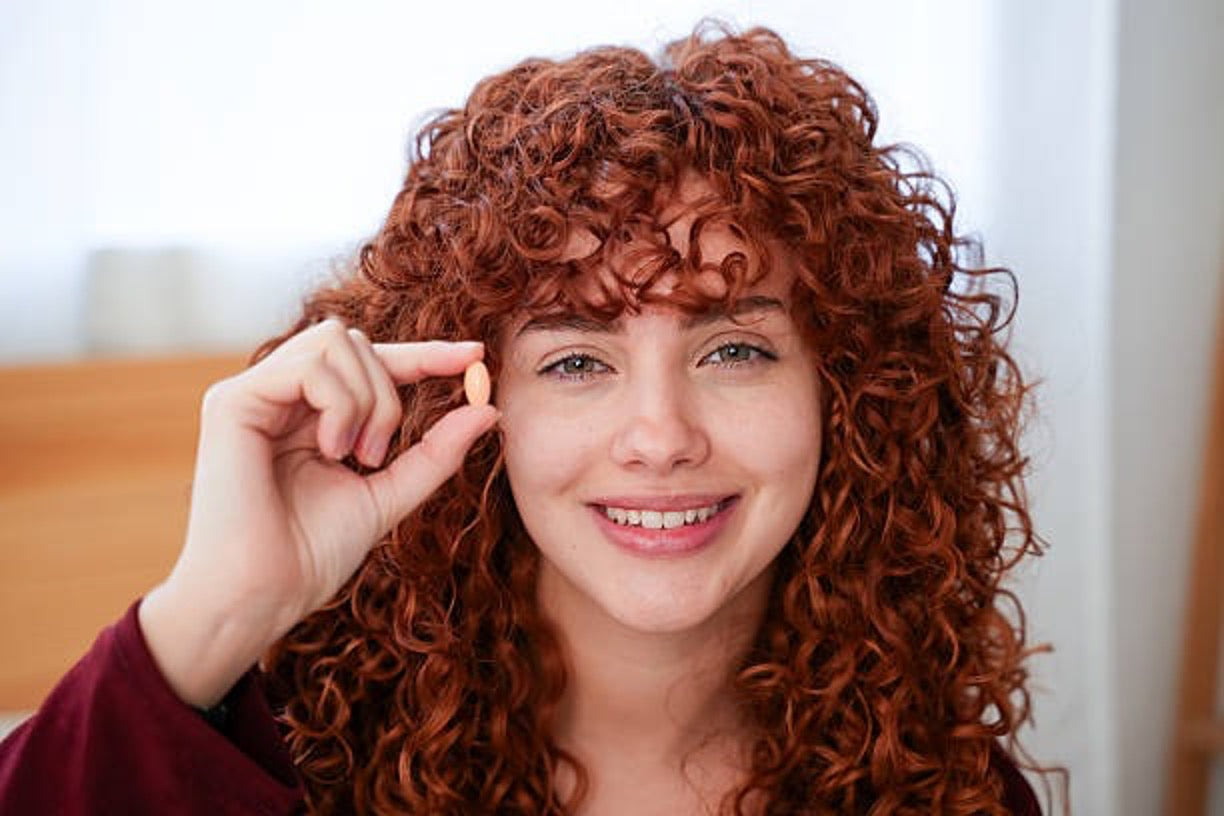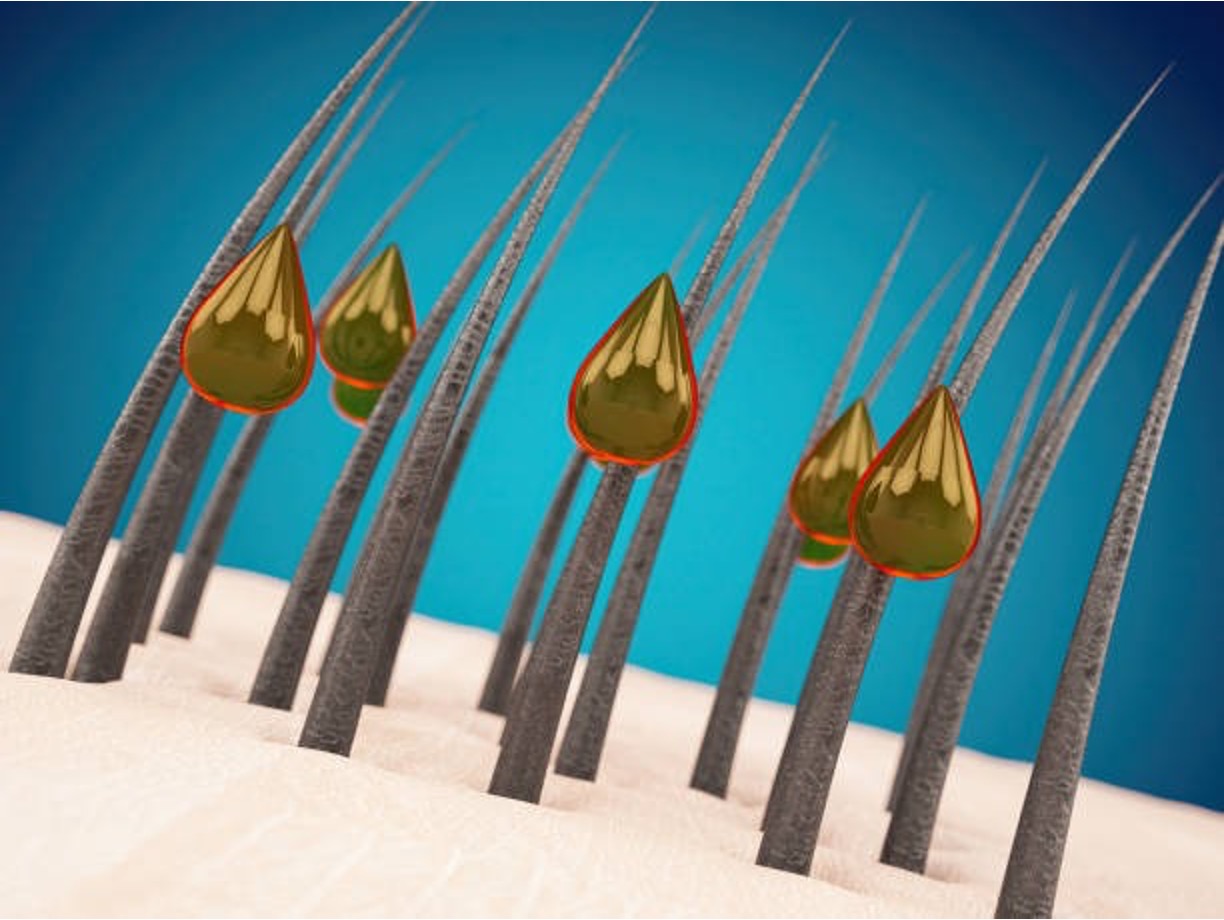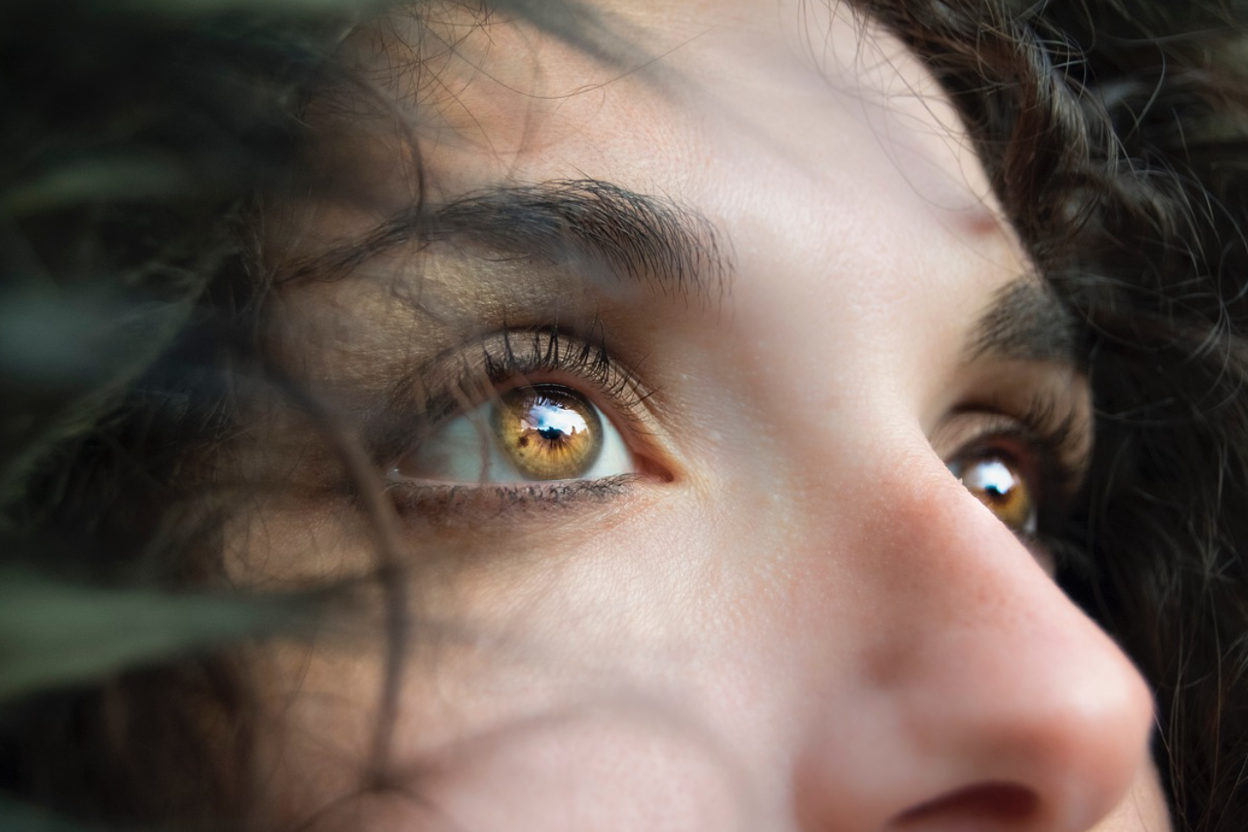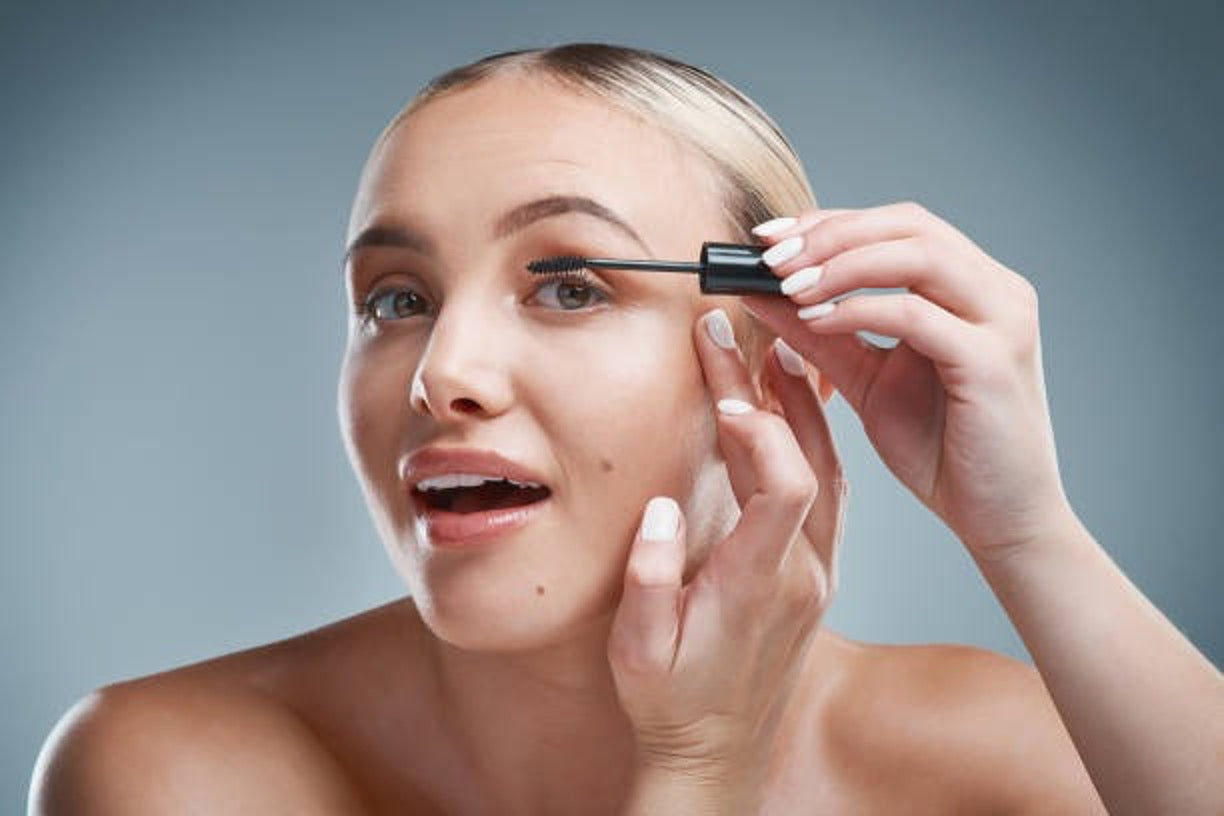Hair Loss After IUD Removal: Causes, Timeline & Tips for Regrowth
BY TRYBELLO
Oct 29, 2025

Key Takeaways
- After removing an intrauterine device (IUD), hair loss is mainly caused by the hormonal changes that occur as your body returns to its normal hormone levels.
- After an IUD is removed, many women experience hair shedding for 3–6 months before their hair growth stabilizes.
- The type of IUD you had (hormonal or copper) greatly affects the likelihood and severity of hair loss after removal.
- A diet rich in nutrients, stress management, and gentle hair care practices can greatly aid hair regrowth after removing an IUD.
- Trybello Hair Helper Spray provides targeted support for individuals experiencing hair loss after IUD removal. The formula combines biotin, caffeine, and castor oil to help stimulate follicles and improve scalp circulation.
Can Removing an IUD Cause Hair Loss?
Yes, hair loss after removing an IUD is a real issue that affects many women. While it’s not a guaranteed side effect, many women report noticeable hair shedding in the months after removing an IUD.
The link between removing an IUD and hair loss is mainly due to the hormonal changes your body goes through when transitioning from contraceptive-regulated hormone levels back to your natural cycle. Some studies have shown that between 15.7% and 17.7% of women experience hair loss after removing an IUD.
“Doctor-Approved Natural Spray Rapidly Boosts Growth & Thickness.
Why 100,000+ Women Are Switching to Trybello!"
Join over 100,000 happy customers who've transformed their hair with our doctor-formulated spray in just 12 weeks, rated 4.8/5 by 40,000+ real users.
Proven Natural Ingredients
- • Caffeine Extract – Blocks DHT and boosts blood flow to follicles
- • Biotin – Direct scalp absorption, no pills needed
- • Castor Oil – Soothes inflammation and locks in moisture
- • Rice Water Extract – Strengthens hair and reduces shedding
120-Day Growth Guarantee: No results? 100% money back, no questions asked.
Why IUD Removal Can Lead to Hair Loss
When a hormonal IUD is removed, your body has to readjust to its normal hormone production. This transition period can cause a temporary hormonal imbalance that can disrupt your hair growth cycle.
When hormonal changes occur, they can force more hair follicles into the telogen (or resting) phase prematurely, causing more shedding—a condition known as telogen effluvium. The severity and length of hair loss can differ greatly from person to person, based on things like your natural hormone levels, how long you had the IUD, and your general health.
Getting Your Hormones Back on Track
Once you've removed your IUD, your body has to relearn how to regulate its own hormone production. During this transition period, changes in estrogen, progesterone, and androgens (male hormones like testosterone) can all cause hair to fall out. Androgens are especially problematic; when they're present in higher ratios than estrogen, they can cause hair follicles to shrink, leading to thinner hair.
Hormonal IUDs vs Copper IUDs
The IUD you had can greatly influence hair loss after removal. When removing hormonal IUDs, your body needs time to restore its natural hormone patterns, which can lead to telogen effluvium. This depends on the type of IUD as well; one study found only a 0.33% incidence of alopecia following removal.
On the other hand, copper IUDs don't contain hormones. They work by releasing copper ions that create an environment that is inhospitable to sperm. While copper IUDs don't directly alter your hormone levels, some women still report hair changes after copper IUD removal. This could be related to indirect effects of copper on zinc levels, or the body's stress response to a foreign object being removed.
Additional Influencing Elements
Although hormonal shifts are the main cause of hair loss after IUD removal, there are other factors that can exacerbate the problem.
Nutritional deficiencies, especially in iron, zinc, vitamin D, and B vitamins, can increase hair loss during hormonal changes. These nutrients are crucial for the growth of healthy hair, and hormonal changes can affect how they're absorbed or used.
Stress is another big factor, including both the physical stress your body goes through during hormonal changes and the emotional stress you might feel from changing your birth control or worrying about hair loss.

Don’t underestimate stress because it can be a major factor in hair loss and regrowth.
What Can You Expect from the Timeline?
While the timeline for hair loss after IUD removal can vary greatly from person to person, there is a general pattern that most women can expect to follow. This pattern is influenced by several factors, including your individual hormone levels, the length of time you had the IUD, and your overall health.
The First Month Post-Removal
Typically, the first shedding phase will occur 2–4 weeks after the IUD removal. This happens as your body begins to adjust to the hormonal changes. During this time, you may notice that there is more hair in your brush, on your pillow, or in the shower drain than usual.
While this may be concerning, this is a normal bodily response to the shift in hormones. Essentially, the hair follicles are resetting as your body's natural hormone production takes over again.
2–4 Months After Removal
Many women experience the most shedding during this time, which can make hair loss seem more severe. You may notice your hair thinning more, especially around your temples or along your part.
However, even though you're still shedding hair, your hair follicles are starting to return to their normal growth cycle. New hairs are starting to grow, but they might be too short to see because you're still shedding hair. This time can be emotionally difficult, but it's usually when things start to get better.
Recovery Period of 6–12 Months
After 6 months, most women see a noticeable difference in their hair growth. The hormone levels have balanced out, and the hair growth cycles have returned to normal. You may start to see new hair growth, often in the form of short "baby hairs" around your hairline or part.
This new hair may feel different at first; it may be finer or curlier than your usual hair. During this time of recovery, you'll shed less hair and grow more. The hair that grows back is typically healthy, although it will take some time to reach the length of your existing hair.

Hair loss after removing your IUD may shock you. However, it’s expected to regrow after several months.
How to Support Hair Regrowth
Though hair loss after IUD removal is primarily a matter of patience while your hormones recalibrate, there are a variety of successful methods you can use to encourage healthy hair regrowth and reduce further hair loss.
Feeding Your Hair from the Inside Out
Specific nutrients are vital to growing healthy, strong hair, especially during periods of regrowth induced by hormones.
Concentrate on incorporating nutrients that support hair health, such as biotin (vitamin B7), which can be found in foods like eggs, nuts, and sweet potatoes; iron, which is plentiful in leafy greens and lean meats; and omega-3 fatty acids, which are found in fatty fish, flaxseeds, and walnuts.
Protein is especially important, as hair is primarily composed of keratin, a type of protein. Make sure to include high-quality protein sources in every meal.
Be Kind to Your Hair
While your hair is growing back, it's important to treat it gently. Try using a wide-tooth comb instead of a brush, especially when your hair is wet and more likely to break. Start detangling at the ends and work your way up to avoid pulling out new growth.
Try to cut back on heat styling as much as you can, and when you do need to use heat, use the lowest setting that works and always use a heat protectant product first.
Managing Stress
Stress can also disrupt your hair growth cycle. This happens when stress increases your cortisol levels, which can cause more hair follicles to enter the resting phase. As a result, it's crucial to find ways to manage stress effectively as part of your hair regrowth plan.
Regular exercise can be especially helpful; it can lower stress hormones and improve blood flow to your scalp, which can help deliver more nutrients to your hair follicles.
Revitalize Your Hair with Trybello
At Trybello, we understand the frustration and emotional impact of hair loss after IUD removal. That's why we've developed Trybello Hair Helper Spray with a powerful blend of ingredients specifically chosen to combat hormone-related shedding. Our lightweight, leave-in treatment works at the root level, delivering vital nutrients directly to your hair follicles when they need it most. Biotin strengthens each strand from within, while caffeine stimulates circulation and extends your hair's active growth phase.

Trybello Hair Helper Spray is easy to use and gets nutrients directly to your hair follicles.
Our customers consistently see visible improvements within 4–6 weeks. The formula is non-greasy and absorbs quickly, and it’s easy to add to your daily routine.
We know that everyone's hair journey is unique, especially when bouncing back from hormonal changes, but we fully back our product with a 120-Day Growth Guarantee. If you don't see results within this period, you can get your money back. That’s our pledge to you as a US-based company dedicated to assisting women at every stage of their hair health journey.
Get Trybello Hair Helper Spray →
Frequently Asked Questions (FAQs)
Trending Topics
See our latests posts #TRYBELLO


